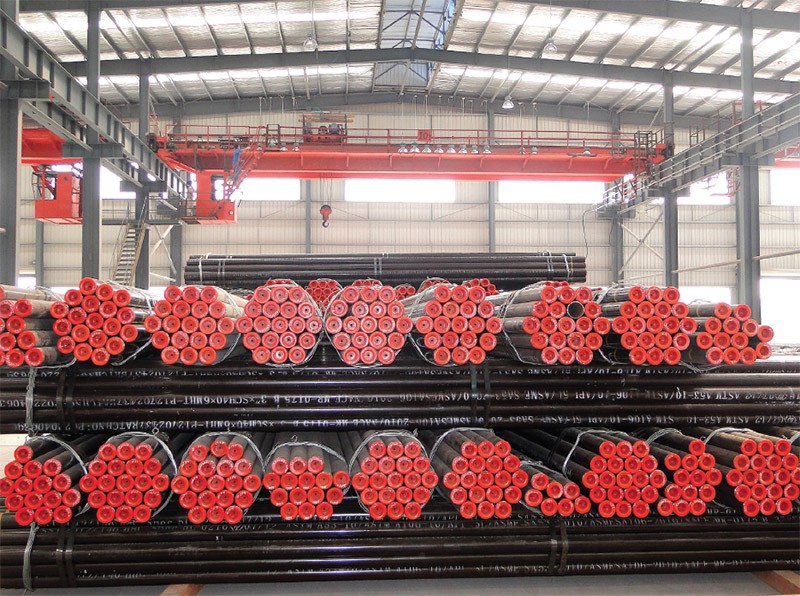-
Cangzhou Yulong Steel Co., Ltd.
-
Phone:
+86 13303177267 -
Email:
admin@ylsteelfittings.com
- English
- Arabic
- Italian
- Spanish
- Portuguese
- German
- kazakh
- Persian
- Greek
- French
- Russian
- Polish
- Thai
- Indonesian
- Vietnamese
- Zulu
- Korean
- Uzbek
- Hindi
- Serbian
- Malay
- Ukrainian
- Gujarati
- Haitian Creole
- hausa
- hawaiian
- Hebrew
- Miao
- Hungarian
- Icelandic
- igbo
- irish
- Japanese
- Javanese
- Kannada
- Khmer
- Rwandese
- Afrikaans
- Albanian
- Amharic
- Armenian
- Azerbaijani
- Basque
- Belarusian
- Bengali
- Bosnian
- Bulgarian
- Catalan
- Cebuano
- China
- China (Taiwan)
- Corsican
- Croatian
- Czech
- Danish
- Esperanto
- Estonian
- Finnish
- Frisian
- Galician
- Georgian
- Kurdish
- Kyrgyz
- Lao
- Latin
- Latvian
- Lithuanian
- Luxembourgish
- Macedonian
- Malgashi
- Malayalam
- Maltese
- Maori
- Marathi
- Mongolian
- Myanmar
- Nepali
- Norwegian
- Norwegian
- Occitan
- Pashto
- Dutch
- Punjabi
- Romanian
- Samoan
- Scottish Gaelic
- Sesotho
- Shona
- Sindhi
- Sinhala
- Slovak
- Slovenian
- Somali
- Sundanese
- Swahili
- Swedish
- Tagalog
- Tajik
- Tamil
- Tatar
- Telugu
- Turkish
- Turkmen
- Urdu
- Uighur
- Welsh
- Bantu
- Yiddish
- Yoruba

Nov . 10, 2024 23:24 Back to list
Understanding the Functionality and Applications of Concentric Reducer Pipes in Plumbing
Understanding Concentric Reducer Pipes Design and Application
In the world of fluid dynamics and piping systems, the phrase “concentric reducer pipe” often surfaces as a crucial component in the design and functionality of various industrial applications. A concentric reducer pipe is a type of fitting that allows for a smooth transition between pipes of different diameters while maintaining a consistent centerline. This article will delve into the features, benefits, applications, and considerations associated with concentric reducer pipes.
What is a Concentric Reducer Pipe?
A concentric reducer pipe is a pipe fitting that connects two sections of pipe with varying diameters, tapering smoothly from a larger to a smaller diameter. Unlike eccentric reducers, which have their centers offset, concentric reducers maintain a centralized axis, ensuring that the flow path remains consistent. This design feature is vital in applications where maintaining the fluid flow characteristics is necessary, reducing turbulence and enhancing flow efficiency.
Key Features
Concentric reducers are typically manufactured from a variety of materials, including carbon steel, stainless steel, PVC, and more, to suit different types of fluid transport and environmental conditions. The choice of material often depends on the nature of the fluid, pressure conditions, and temperature ranges.
Their standard shapes are usually conical, and they can be custom-made to fit specific requirements. The reducer's dimensions are available in a range of diameters, ensuring compatibility with many piping systems. Also, concentric reducers often come with standard certifications ensuring compliance with industry standards, which is particularly important in sectors like oil and gas or water treatment.
Benefits of Using Concentric Reducer Pipes
1. Smooth Flow Transition The most significant advantage of concentric reducers is their ability to provide a gradual change in diameter, which minimizes turbulence and pressure drop as fluid flows through the system.
2. Increased System Efficiency Reduced turbulence results in a more efficient system, as energy losses caused by abrupt changes in flow are minimized. This efficiency is critical in applications where fuel or energy consumption is a concern.
concentric reducer pipe

4. Versatility These fittings are suitable for various applications, including water supply lines, HVAC systems, chemical processing plants, and oil and gas pipelines, making them a versatile choice for engineers.
5. Installation Flexibility Concentric reducers can easily be integrated into existing piping systems with minimal alterations, allowing for flexibility in design and layout.
Applications
The applications of concentric reducer pipes are vast and varied. They are widely used in hydraulic and pneumatic systems, where pressure differentials need to be managed efficiently. In environmental management, concentric reducers facilitate the transportation of water through treatment plants and irrigation systems.
Moreover, in the oil and gas sector, concentric reducers are employed to connect different pipeline sizes, ensuring effective and reliable transportation of crude oil, natural gas, and refined products. Similarly, in industrial settings, they play a significant role in maintaining optimal flow rates in manufacturing processes.
Considerations When Choosing Concentric Reducers
When selecting a concentric reducer pipe, it is crucial to consider factors such as the alignment of piping systems, the material compatibility with the fluid being transported, and the operating pressure conditions. Additionally, designers must account for the potential for thermal expansion and contraction, especially in systems subjected to extreme temperature variations.
Conclusion
In summary, concentric reducer pipes are essential components in modern piping systems, offering enhanced flow characteristics, increased efficiency, and flexibility across a range of applications. Their design not only benefits fluid transport systems but also contributes to overall operational effectiveness. As industries continue to optimize their systems, understanding the role and advantages of concentric reducers will remain vital for engineers and technicians alike. The thoughtful integration of these fittings can lead to better performance, reduced maintenance costs, and ultimately, a more efficient system.
Latest news
-
ANSI 150P SS304 SO FLANGE
NewsFeb.14,2025
-
ASTM A333GR6 STEEL PIPE
NewsJan.20,2025
-
ANSI B16.5 WELDING NECK FLANGE
NewsJan.15,2026
-
ANSI B16.5 SLIP-ON FLANGE
NewsApr.19,2024
-
SABS 1123 FLANGE
NewsJan.15,2025
-
DIN86044 PLATE FLANGE
NewsApr.19,2024
-
DIN2527 BLIND FLANGE
NewsApr.12,2024
-
JIS B2311 Butt-Welding Fittings LR/SR 45°/90° /180°Seamless/Weld
NewsApr.23,2024











